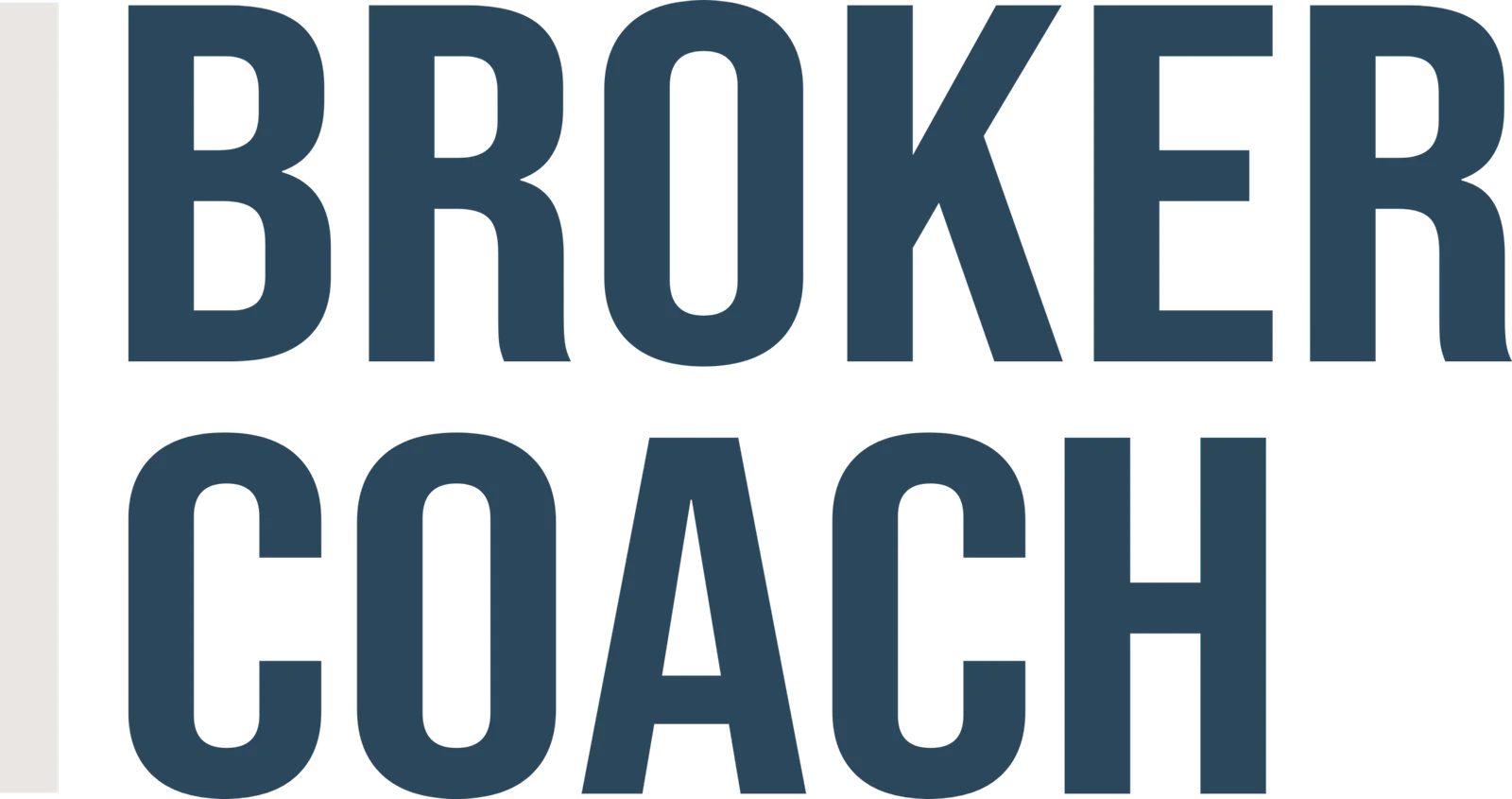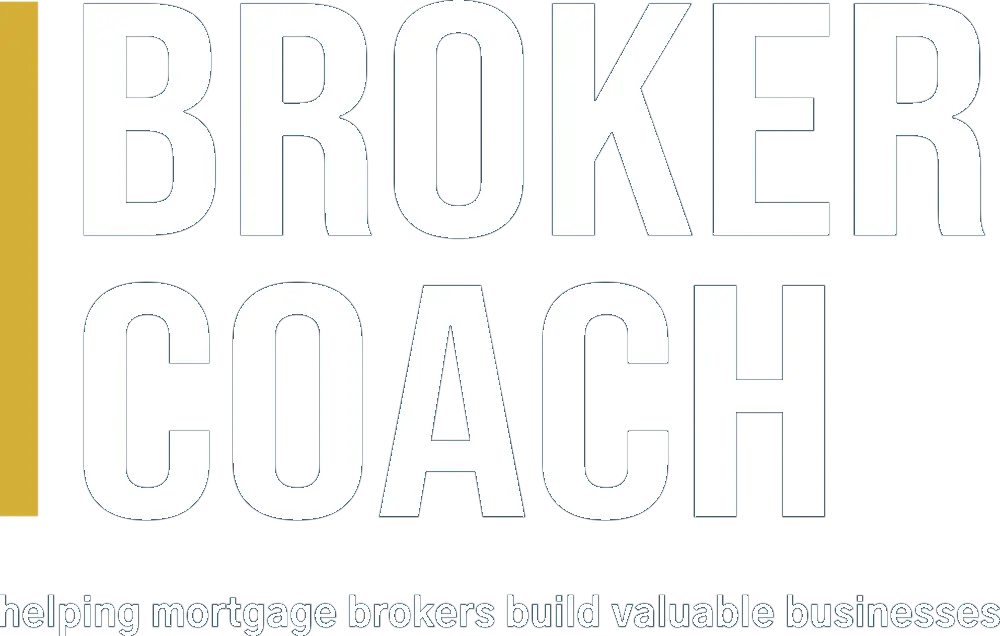We’ve built something substantial.
Settlements are climbing.
We’ve hired support. Maybe even a processor, a VA, or a second set of hands in the ops seat.
But things still feel… stuck.
We’re running hard, but traction is limited.
That lingering feeling of being busy but stagnant? That’s often a sign.
It’s not that we’re doing it wrong — it’s that we’re doing too much of the wrong stuff ourselves.
And that means we’re likely the bottleneck.
Here’s how we spot the warning signs — and how we remove ourselves from the middle of every moving part.
- Everything Still Touches Us Before It Moves
Settlements, submissions, questions, emails, credit discussions — they all boomerang back.
Our team is doing the work, but we’re still giving every final tick.
At around $4M in settlements per month, this is typically when we need a responsible party to take ownership of settlements and submissions.
That’s the first real leverage move — and if we don’t make it, we stay the default cog.
This is how we’ve been solving it:
We build what we call the “One Touch Machine.” Each function — from submissions to settlements to credit — is owned by one person. Not assisted. Not loosely supported. Owned.
- We’re Too Busy Delivering to Step Back and Lead
At this point, we’ve cleared some ground. Maybe hired an assistant or a processor. But instead of lifting us out, it’s kept us in.
We’re still:
- Reviewing deals
- Approving conditions
- Answering everyone’s questions
- Drowning in admin
We know it’s time to think strategically — but there’s no space to breathe.
We’ve learned: hiring alone doesn’t break the bottleneck.
Systems, responsible parties, and real delegation do.
That’s where our three levers come in: Team. Tech. Tools.
Used in combination, they systemise the business and hand control to others — not just tasks.
- We Keep Hiring “Help” — But Stay Stuck
A VA here. A broker there. Maybe even a marketing assistant.
We call it scaling. But we’re still in Slack every weekend. Still approving files. Still jumping into every storm.
Because without structure, more people just means more noise.
This is what we do differently now:
Instead of hiring for “help,” we assign ownership.
Instead of reacting to volume, we build around function — every key function is systemised and supported by a responsible party, not us.
Hiring is not the strategy.
Designing a leveraged operating model is.
- Nothing’s Broken — But We’re Worn Down
Business looks great from the outside.
Deals are closing. Pipeline is full. Settlements are flowing.
But we’re cooked.
Burnout isn’t always loud. Sometimes it just looks like:
- Diminished clarity
- Shrinking motivation
- Zero capacity for vision
We’ve learned to track a different metric: our own capacity.
And when that starts to dip — even while results rise — it’s time to build in more leverage.
- Scaling Feels Like Adding More Bricks to Our Backpack
We want to double. Triple.
But the only path we see is: more brokers, more calls, more chaos.
That’s the moment we pause.
At around $8M/month, we’ve found brokers need someone else owning credit — that’s the leverage point.
By $12M/month, the game changes again. Brokers can’t carry all client relationships. That’s when a broker team becomes essential — to share the sales load so we can focus on marketing at scale.
But until then, we don’t default to “add more brokers.”
We optimise for leverage — through systems and responsible ownership.
So How Do We Build Beyond the Bottleneck?
Here’s how we’ve been building brokerage freedom:
- We delegate with purpose: first settlements, then submissions, then credit, then broking
- We don’t hire randomly — we install responsible parties across each core function
- We systemise using our three leverage levers: Team, Tech, Tools
- We map our model to the actual capacity stage we’re in — $4M, $8M, $12M — and build accordingly
- We design a business where brokers stay oversubscribed with leads — without drowning in delivery
This is not just about scale.
It’s about sustainability.
Because we’ve seen what happens when we skip steps: good month → bad month → firefight → repeat.
No rhythm. No consistency.
Final Word: We’re Not the Problem — But We Might Be in the Way
We’ve built this.
We’ve carried the weight.
But what got us here won’t get us there.
It’s not our work ethic.
It’s not our intelligence.
It’s just that we’ve outgrown the way we operate.
And now, it’s time to lead differently.
Let’s build the brokerage that runs without us.
Where our time is spent on growth — not grinding.
Where our team owns the delivery — and we own the direction.


